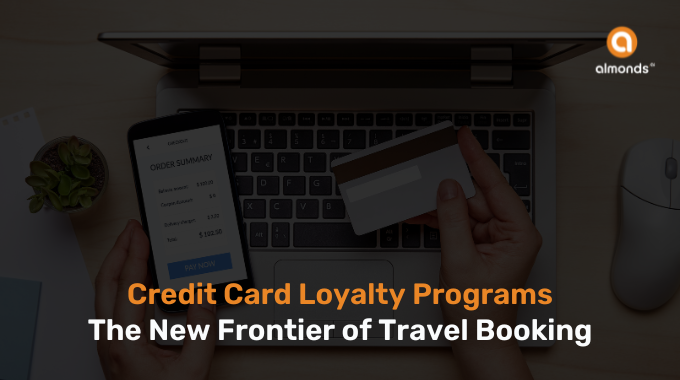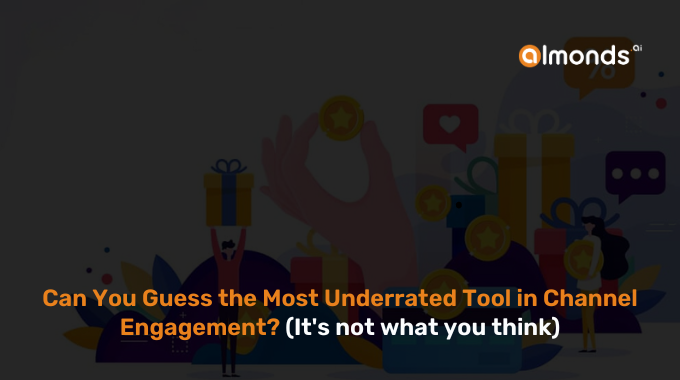Trade promotion refers to the marketing activities and incentives that manufacturers and wholesalers offer to retailers and distributors to encourage them to promote and sell their products. These promotions increase sales and market share by incentivizing retailers and distributors to stock, promote, and sell a manufacturer’s products to consumers.
So, trade promotion is a vital aspect of B2B channel marketing that businesses use to incentivize their channel partners to promote their products. The two common trade promotion strategies are Sell-In and Sell-Out.
Let’s start with the introduction of Sell-In vs. Sell-Out.
Sell-In is a trade promotion strategy where the manufacturer incentivizes the retailer to buy and stock their products. Its primary goal is to increase the manufacturer’s sales by ensuring its products are readily available in stores. The manufacturer may offer retailers discounts, rebates, or other promotional incentives to encourage them to buy and stock their products.
On the other hand, sell-out is a trade promotion strategy where the manufacturer incentivizes the retailer’s sales force to sell their products to consumers. Its primary goal is to increase the manufacturer’s sales by encouraging retailers to push their products to consumers. Brands and manufacturers may offer the retailer’s sales force rewards, such as commissions or bonuses, to promote and sell their products.
Which is better?
The effectiveness of these strategies depends on various factors such as the industry, product, distribution channels, and target audience. Let’s examine these factors to determine which approach is better for B2B loyalty programs.
- Industry
Sell-In is more effective in industries with longer distribution channels, such as the pharmaceutical industry. In this industry, the manufacturer sells to a wholesaler, who then sells to a distributor, then to a retailer, who then sells to the consumer. This approach ensures the manufacturer’s products are available at all levels of the distribution channel, ensuring they reach the consumer.
Sell-out is more effective in industries with shorter distribution channels, such as technology. Here, brands and manufacturers sell directly to the retailer, who then sells to the consumer. The Sell-Out approach ensures the retailer’s sales force promotes and sells the manufacturer’s products to consumers. - Product
Sell-In is more effective for products with a longer shelf life, such as consumer packaged goods. This approach ensures the manufacturer’s products are always available in stores, ensuring they reach the consumer.
Sell-Out is more effective for products with a shorter shelf life, such as electronic devices. This approach ensures the retailer’s sales force promotes and sells the manufacturer’s products to consumers, ensuring they don’t sit on shelves too long. - Distribution channels
As mentioned earlier, sell-In is more effective in industries with longer distribution channels. However, it is also effective in industries where the manufacturer has limited control over the distribution channel partners. For example, in the pharmaceutical industry, the manufacturer has limited control over the distribution as they are subject to regulations.
On the contrary, a sell-out is more effective in industries where the manufacturer has greater control over the distribution. Such as, in the technology industry, the manufacturer has greater control over the distribution channels as they sell directly to retailers. - Target audience
Sell-In is coherent when the target is a larger audience, such as in the consumer-packaged goods industry. The Sell-In approach ensures the manufacturer’s products are readily available in stores, ensuring they reach a larger audience.
On the other hand, sell-out is more productive when targeting a smaller and niche audience, such as in the luxury goods industry. This approach ensures the retailer’s sales force promotes and sells the manufacturer’s products to the target audience, ensuring they have a better chance of making a sale.
Because you read this much, let’s give you some extra tips regarding B2B channel marketing.
Brands should also consider the frequency of their trade promotion programs. Regular and consistent promotions are more potent than occasional ones. It can be achieved through customer loyalty programs. However, brands should also avoid over-promoting their products, which can decrease their perceived value.
Building strong relationships with channel partners like retailers and their sales force is important. Brands should communicate regularly with their partners, listen to their feedback, and address their concerns promptly. Brands can increase their channel partners’ engagement, leading to increased sales and long-term partnerships.
Conclusion
Brands can use a combination to maximize their sales and increase their channel partner engagement. Manufacturers and brands must measure the effectiveness of their trade promotion strategies regularly. It can be done by tracking the sales data of their products and analyzing how their trade promotion strategies affect their sales.
In conclusion, depending on various factors, both approaches are effective in B2B loyalty program platforms. Therefore, brands and manufacturers should carefully consider these factors when deciding which approach to use in their loyalty platform. Brands should regularly measure the effectiveness of their trade promotion programs. They can check it by offering attractive incentives within their budget, building strong relationships with their partners, and avoiding over-promoting their products.







